Presented by:
The U.S. oil and gas industry is benefiting from higher oil and gas prices this year—a welcome development for producers following the pandemic-related downturn in 2020.
In the prolific Permian Basin, publicly listed operators remain under pressure to prioritize returns to shareholders and maintain discipline, but private companies do not necessarily have the same constraints.
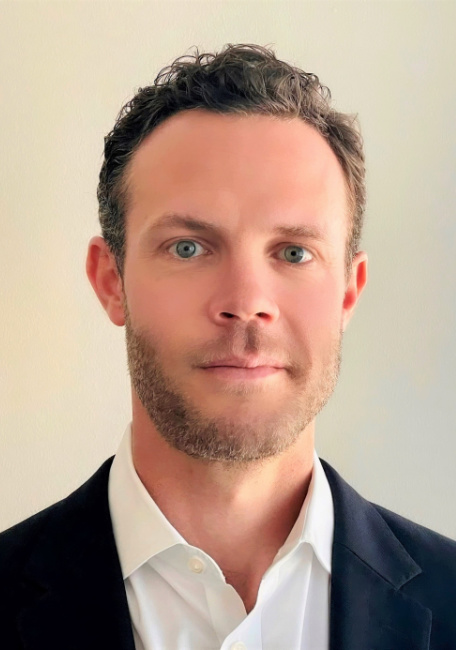
In a recent report, Morningstar Equity Research noted that the U.S.’ privately operated rig count increased by 80% since the pandemic nadir, compared with only 50% for the publicly operated rig count. This is largely playing out in the Permian, which accounted for almost all U.S. shale production growth in the second quarter of 2021 and remains attractive to operators.
Morningstar estimates that the marginal U.S. shale well breaks even at a WTI price of about $55/bbl and that most are profitable at even lower prices.
“For the Permian, a single figure would be misleading as the distribution of well economics is complex and varies across county, target reservoirs and factors in numerous variables related to the completion design,” said David Meats, Morningstar’s director of equity research of energy and utilities. “Safe to say most Permian wells are economic at $55, and the majority are profitable at much lower prices than that ($30 to $40 would be typical, albeit with plenty of exceptions for the reasons described).”
Thus, based on oil prices alone, it is not surprising that private players—without the same kind of pressures that publicly listed operators face from shareholders—would be tempted to ramp up activity.
“At current prices, and accounting for the above comments on breakevens, it is perfectly rational as well as NPV [net present value]-maximizing to accelerate drilling. That’s actually true for public firms, too,” said Meats. “But return-maximizing behavior is not the same as NPV-maximizing.”
RELATED:
Private Permian Basin Operators Take Center Stage as Oil Price Soars
Morningstar has warned that if the ramp-up in private activity continues unchecked it could risk tipping oil markets back into oversupply. Indeed, it noted that the total U.S. rig count currently exceeds the equilibrium level, which it estimates to be around 400.
Plenty of private operators continue to show a degree of caution, however, as even without shareholders, they have other constraints to consider. A variety of strategies is emerging among these companies as they try to grow, in some cases in the hopes of selling off their operations, and to gain a competitive advantage over their rivals.
Leveraging expertise
The pursuit of a competitive edge in the Permian looks different depending on the operator and its particular strengths. In the case of Houston-based UpCurve Energy, the company is trying to leverage its past expertise and apply it under a new and evolving set of circumstances.
UpCurve was founded in 2015 by a core team of former employees of ConocoPhillips Co., with an equity commitment of $120 million from Post Oak Energy Capital. The company used the expertise it had gained at ConocoPhillips and applied it to running a private firm. Most recently, such expertise is being applied to ESG performance, UpCurve president Zach Fenton said.
“A lot of us came out of ConocoPhillips and larger companies where safety and environmental responsibility have always been a priority, so we do think it’s fundamentally part of our company,” Fenton said. He added that he sees the ESG realm as more of an opportunity than a challenge in the negative sense.
“I think it also provides a way for us, hopefully, to differentiate ourselves as a company going forward,” he continued. “The bar has been set higher for us—both public and private companies—to raise capital and bring on new talent, etc. By continuing to stay ahead on the ESG front, it helps our company specifically too.”
Another way UpCurve wants to leverage its expertise is by taking its learnings from its operations in Texas’ Reeves County and potentially applying them to new areas beyond what has been its core area of focus thus far. The company’s current operations are all located in Reeves County’s southern Delaware Basin, but Fenton said it was seeking to grow across the Delaware and Midland basins. And while it is mostly focused on the Wolfcamp A, B and C plays, UpCurve is open to considering other targets.
“There have been some promising Bone Spring results nearby recently that we’ll continue to watch,” Fenton said. “We don’t have the bandwidth to look across six different basins, but what we do think is interesting is if we can leverage what we’ve learned and done in our development program in Reeves County to other parts of the Permian Basin. Those are the types of opportunities that we will look at.”
Fenton believes that public companies, just like private players, are also taking advantage of higher crude prices but in different ways.
“I think what differentiates us is what we’re choosing to do with the excess cash flow,” he said of the higher oil price environment. “Publicly listed companies are passing this directly back to their shareholders via dividends and share repurchases, whereas for UpCurve, what currently makes the most sense is to redeploy those proceeds into its development program,” he said.
“However, we aren’t chasing growth at all costs. That without a doubt has changed, whether you’re public or private,” Fenton added. “I think ultimately we’ll get to the level where we can look like a public company in that we can grow our production at a low single-digit rate, reinvesting 50% to 75% of our free cash flow and distributing the remainder to our investors.”
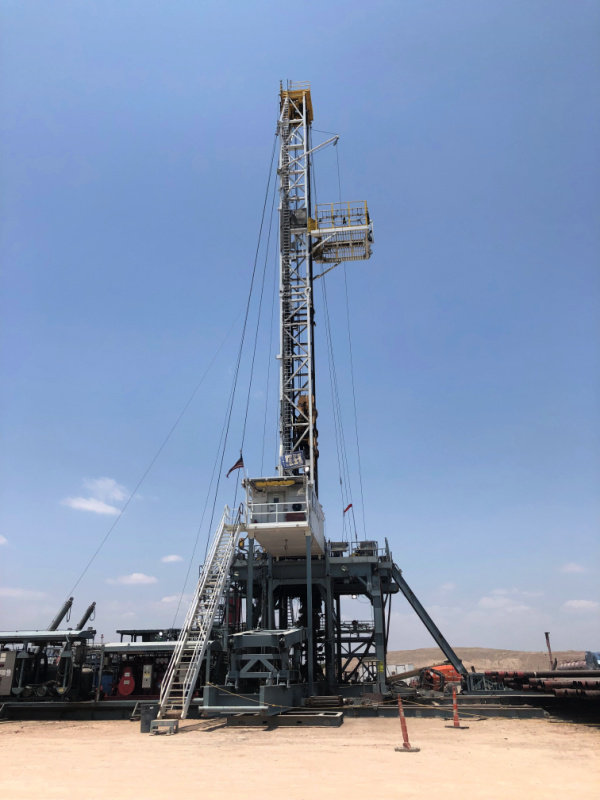
Even if crude prices go up further, UpCurve may not add to its sole running rig, which is the only one it plans to operate through 2022. However, Fenton said the company has the flexibility from both a land and capital standpoint to ramp down activity if commodity prices drop significantly.
UpCurve says it is focused on utilizing technology and innovative engineering practices to develop its Permian assets. Fenton believes that there is still more room for efficiency gains to emerge even though they may not necessarily be the types of step changes seen previously. He cited the recent emergence of simul-frac development, which has only started picking up steam in the past year but can potentially save a few hundred thousand dollars per well.
“I do think there’s going to be a lot more incremental improvement that in aggregate is going to add up to a meaningful amount,” Fenton said.
Pursuing steady progress
Many small, private Permian players have spent their lifetimes evolving and pursuing continuous improvement as the basin’s unconventional potential has become better understood and as technological advances have helped to unlock more reserves. The COVID-19 pandemic forced many companies to rethink their strategies, but those that survived last year’s downturn can reassess how best to proceed once more.
Among them is EnCore Permian, a successor to PetroLima, which over time has shifted from solely focusing on leasehold and mineral acquisition to also having a growing upstream business.
The company is backed by Minneapolis-based private equity firm Castlelake.
“We’re not specifically a portfolio team, but we are a JV [joint venture] with Castlelake,” EnCore CEO J.D. Smith said. The company started out backed by a $200 million commitment in 2017 and has since grown to more than $320 million.
On the mineral and leasehold side, EnCore has “gone through every iteration” in terms of how to do business, according to Smith. The company has pursued deals both in JVs and alone and has shifted from a broad approach to more focused deals in line with operators narrowing their own focus to core areas.
“On the operation side, really, that was more of a growth story,” Smith said. “We were [a] young team; we’re probably the smallest E&P group out there. And so out of our capital commitment, only so much was dedicated toward that.”
The company took a gradual approach to growing its business in the E&P space, building up increasingly bigger units that it could later sell, moving from nonoperating interests to taking on operatorship. It is now marketing its Colt 45 position in the Delaware Basin in Texas’ Reeves and Culberson counties, consisting of about 7,700 net acres with a 100% working interest.
“We got done drilling up most of our commitments or nearly all of our commitments up until 2023,” said Smith of the Colt 45 asset. “We are going through a marketing process right now with Barclays, and we’re just seeing if we can take some money off the table.”
Smith highlighted the company’s focus on continuous improvement when discussing EnCore’s broader strategy.
“We just grow, and that’s been our story—a really methodical plodding along, trying to become an operator, then a better operator and gain efficiency,” he said.
Smith believes that technology has considerable scope to advance even further and bring new efficiency gains on top of those reached thus far. He highlighted sand logistics as one area where he sees an “unbelievable amount” of room to grow.
“I think we’re going to keep going more efficiently and see more cost opportunities,” he said, adding that EUR opportunities seem to be further away. “But cost opportunities are going to be the driver,” he added.
Even as it is marketing Colt 45, EnCore is open to new acquisitions. Smith said drilling 12 to 15 wells feels about right for 2022, while around two dozen wells would be a full load.
“We need to make sure that quarter to quarter or every two quarters, we’re looking at our next project,” he said. “And we can very methodically go at those.”
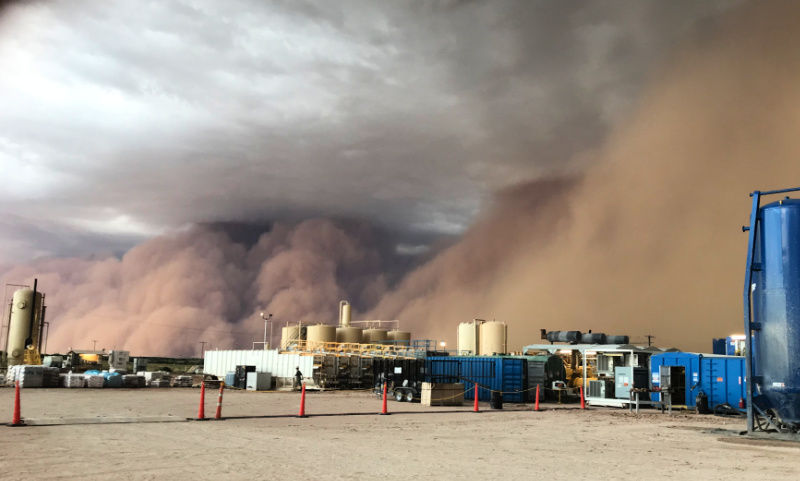
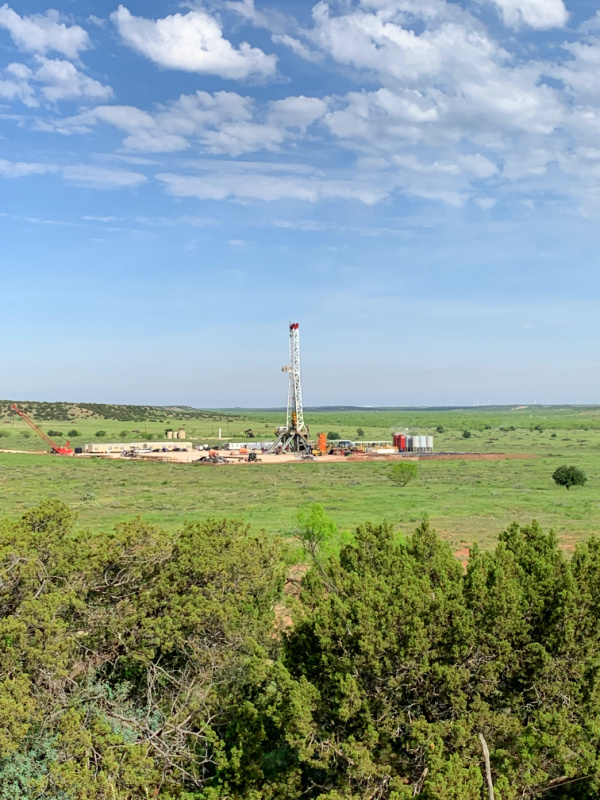
Smith agrees that private operators may be better placed to take advantage of stronger oil prices even as publicly listed players continue to hold back.
“For the private guys like ourselves, it looks like it’s easier to take advantage when we run our static, flat numbers from this price, $5 gas, $70 oil,” he said. “But we’ve got a good bit of backwardation in the forward strip. I think when we get close to contango or right at contango with those futures prices, it’s going to be a good catalyst.”
This could translate into more consolidation still or operators feeling more comfortable about pursuing new projects.
“But where we’re at right now is definitely such a great improvement,” Smith added. “It seems like that’s the best news we have as operators, as we’re still staring down COVID and still staring down OPEC increases.”
Henry Resources’ sweet spot
The Permian has seen some high-profile A&D play out over the past year. The trend is not limited to large public operators alone, and there has been plenty of A&D activity among the smaller, private players as well.
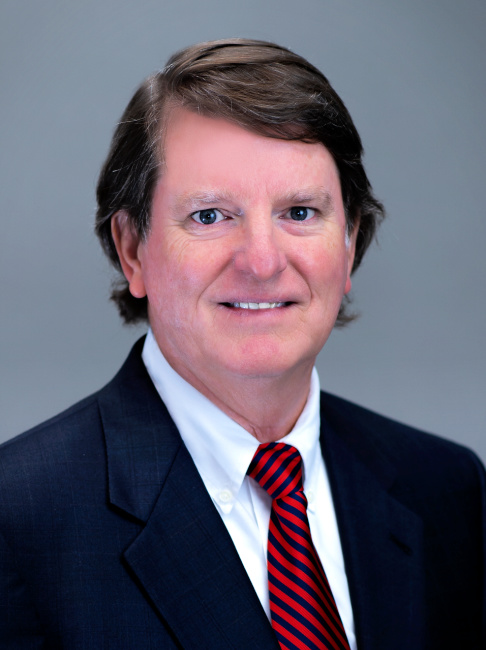
One of the private operators active in the A&D space is family-owned Henry Resources. The company has reinvented itself several times over its 52 years in operation, most recently pivoting toward horizontal drilling and offloading its vertical operations and other noncore assets.
“Most of our vertical assets we’ve divested, and then, over the last three months, we’ve divested several nonop properties—about $20 million worth,” Henry Resources co-manager and president David Bledsoe said.
Meanwhile, the company is “very active” on the acquisition front, he continued, picking up about 8,000 acres of operated acreage in Texas’ Upton County in the past year.
“Acquisitions are always going to be an important part of our business, and for the most part, it’s going to be drilling opportunities,” Bledsoe said. He described these acquisitions as an example of what Henry does best, “which is bolt-on and add-on around current active areas.” This is where Henry has found its niche—one on which it is likely to remain focused for at least a few years.
This is often acreage that other, larger operators may have drilling commitments on but do not want to prioritize and likely consider it to be Tier 2 acreage.
“It’s not going to be at the top of any of the big boys’ portfolios, but if they need to get it drilled or if some of these private equity-backed companies need to wind down, we have an edge there where we can move rigs in fast, we can get it drilled fast and we have plenty of capital available,” Bledsoe said.
The company prefers to drill out of cash flow and is “very debt-averse,” he added. Partnering up with others has also helped make more capital available for drilling. Pickering Energy Partners and Grey Rock Energy Partners are examples of current partners Henry is working with, as well as Chevron Corp.
“We really don’t like to own 100% of anything—our sweet spot is between 30% and 60% working interest—and that allows you to diversify, drill in more areas and level-load your risk,” Bledsoe explained.
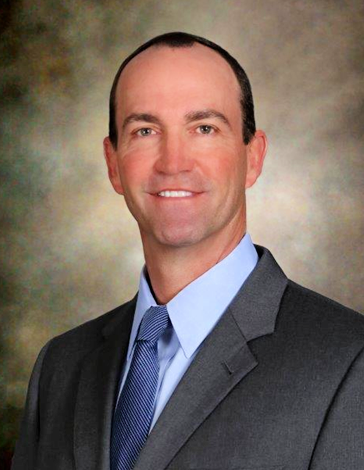
Additionally, he noted that while some partners, including Pickering and Grey Rock, have private equity money, Henry is not a portfolio company of any private equity firm and prefers to stay in control of its own decision-making.
“That is an important distinction in our partnership model,” he said.
Henry currently has two rigs running in Upton County and will briefly bring a third online later this year but only to wrap up some drilling obligations. Bledsoe does not expect that third rig to run for longer than about a month. Beyond this, the company plans to drop back down to two rigs and then to one rig for one to two years from around May 2022 unless any new acquisitions come with more urgent drilling commitments.
“For the last five to six years, we’ve been a one to two rig company,” Bledsoe said, though the company laid down its sole rig during the first wave of the COVID-19 pandemic and picked it back up toward the end of 2020. Adding the second rig made sense, he explained, because of “reasonable” oilfield service costs and firm crude prices.
“It does make sense for us to go ahead and capitalize on some good economics, but it’s not really outside our normal window of operation,” he said.
As well as using hedges, Henry has roughly half of its value in non-oil and gas investments, including real estate and banks. Having these investments sheltered from commodity price volatility has “absolutely” paid off, according to Bledsoe. The company was able to avoid laying off staff or even cutting salaries during the last oil price crash thanks to this.
“That’s a very important part of who we are,” said Bledsoe.
Seeking reentry
The experience of Sabalo Energy LLC, a portfolio company of EnCap Investments LP, illustrates how some private operators have already taken advantage of stronger oil prices to grow their operations before making an exit.
“We wanted to build a company that would be immediately accretive to a buyer from a cash flow perspective,” Sabalo Energy president Barry Clark said. He noted, though, that the company “never went crazy” with drilling rigs and frac crews but maintained what it considered to be a sensible pace from a cash flow perspective.
Corpus Christi-based Sabalo was founded in 2014 and shifted its focus from the Eagle Ford to the Permian with two acquisitions in Texas’ Howard County in 2015 and 2016. The company then drilled about 80 horizontal wells in the Wolfcamp A and Lower Spraberry plays over the subsequent five years, all the while expanding its position with “strategic and generally contiguous” acquisitions.
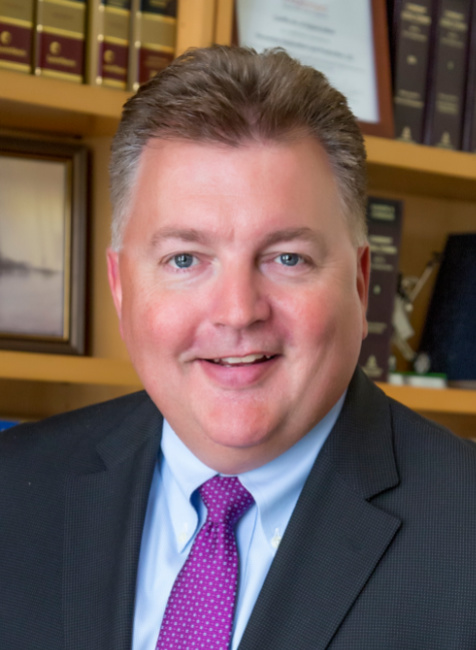
Sabalo drilled a number of wells on its own but also partnered with a financial institution and drilled 30 wells with it under a drilling partnership, or drillco, structure. Additionally, it had what Clark describes as a “significant” amount of nonoperated acreage that it participated in alongside operators such as Surge Energy Inc., SM Energy Co. and Ovintiv Inc.
Laredo Petroleum Inc. recently bought Sabalo’s Howard County assets, as well as interests belonging to a nonoperating partner, for about $715 million in total in June 2021. The transaction left Sabalo without any current operations, but Clark said the company was now actively seeking new opportunities, most likely also in the Permian.
“Sabalo is primarily focused on the Permian Basin, but we have looked at a couple Eagle Ford deals,” he said. “We won’t stray too far from either of those basins.”
The company’s plans are backed by a new equity commitment from EnCap worth $300 million initially.
Clark sees this as a good time to be shopping around for new assets, noting that publicly listed operators in particular are offloading noncore operations.
“Now that prices are higher, there are multiple companies out marketing acreage to divest of noncore assets or assets that don’t compete for capital within their portfolio,” he said. “We think this will present a target-rich environment for us to capture a new asset.”
In terms of what Sabalo will now look for, Clark said there are no specific expectations in terms of what the proved developed producing (PDP) reserves at an asset would look like for the company to consider it attractive.
“We don’t care if an asset has a large or small component of PDP; it just needs to have a long enough runway for us to be able to come in and drill a significant number of development wells so that we can grow the asset,” he said. He added that ideally a target asset would be in an area the company is comfortable with and would have attractive economics without depending on high breakeven prices.
“We have to be comfortable that the well results are going to be what we need them to be, and we don’t want to be out on the fringe,” Clark said.
Additionally, he expressed confidence that new Midland Basin targets would emerge beyond the Wolfcamp and Lower Spraberry formations.
“We are already starting to see operators target the Dean, Middle Spraberry and the Jo Mill with good results,” he said. “Those intervals are probably not productive or economic over the entire basin, but in localized areas they can generate excellent returns.”
Indeed, Clark noted that it is not just the small private players that are targeting these plays, citing Exxon Mobil Corp.’s XTO Energy Inc. shale division as an example of a major company starting to look at the Dean and Jo Mill. He also mentioned efforts being made by SM Energy and Ovintiv to drill these plays.
“We were in some wells with Ovintiv, and they were drilling Dean wells with great results,” he added.
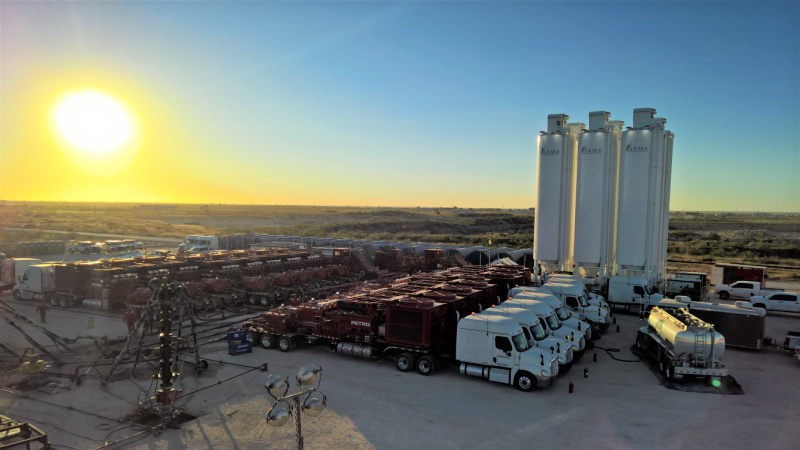
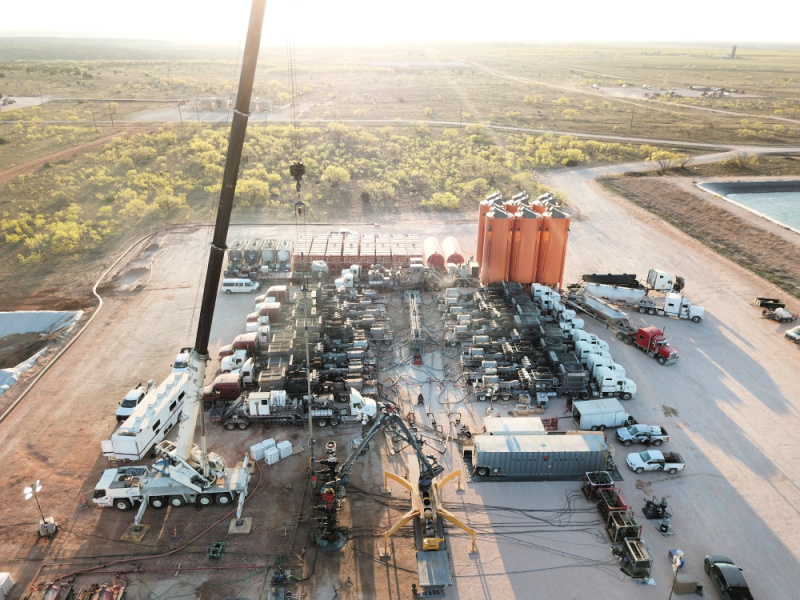
Positioning for exit
Sabalo’s sale to Laredo and other deals in the same area come as welcome news for neighboring operators in Howard County that are also positioning for an eventual exit. Among these is Colorado-based Bayswater Exploration & Production, whose business model is designed to return capital through asset sales.
The company raised its first natural resources fund in 2010 and is currently deploying capital in Funds III and IV, the latter of which recently closed at $462 million.
“I think the recent Howard County deals appear to have included a substantial amount of value for undeveloped acreage,” Bayswater president and CEO Steve Struna said. “And that would be our decision point. Exiting now versus continuing to invest capital—which one creates more value for our investors? But we’re absolutely looking forward to an eventual exit. It’s just right now it feels like converting that acreage into production creates the most value.”
Bayswater’s Permian assets consist of about 30,000 operated Midland Basin acres in Howard County, plus roughly 11,000 net royalty acres in the Delaware Basin. It is selectively growing its mineral business and actively seeking to add to its operated position.
The company views the Delaware Basin mineral business and the Midland operations as “very complementary to one another,” Bayswater Permian asset manager John Dyer said.
“We made a decision to operate in the Midland Basin because it looked more like our D-J operations,” Dyer said, referring to Colorado’s Denver-Julesburg Basin. By contrast, the company found the Delaware Basin to be more costly and complex to drill and chose to gain exposure to the technological advances there by buying mineral rights across acreage being developed by a variety of other operators.
Bayswater has had one rig running continuously since 2019 and will be picking up a second in the fourth quarter of this year.
“We feel like so long as oil prices are in the $40 to $45 range, then we can create value,” said Struna. Conversely, he does not feel like Bayswater would add even more rigs if oil prices were to keep rising further.

“If oil prices really scooted up, we wouldn’t go to four or five rigs,” he said. “I think a tworig steady program is the sweet spot for our capital availability, our human resources and our acreage base.”
The company is also working through its inventory of DUC wells that it deferred during the worst of the 2020 downturn. It picked up completion crews late last year and has been running them ever since. Indeed, Dyer noted that Bayswater is currently running a simulfrac operation on a 10-well pad.
“It’s a significant operation for us, as a small company,” he said. “We think it’s very efficient. We’re moving very quickly with frac right now, and we’re very hopeful that it adds a lot to our bottom line as far as cost reduction and efficiencies go.”
One issue to address as the company moves forward is the question of well spacing after running into well interference from offset fracs.
“That has been a real issue for not just Midland Basin players but greater Permian Basin players and really resource basin players in general: what the appropriate well spacing is. So we’re watching that very carefully,” said Dyer. For now, Bayswater has opted to decrease its planned well density to 16 wells per mile.
ESG performance is another issue the company is increasingly prioritizing.
“Our investor base is very ESG sensitive,” said Struna. “But at the same time, that collection of investors I believe recognizes the importance of low-cost fossil fuels. And therefore, they remain inclined to invest in oil and gas with the view that if it’s developed here in the U.S., it’s developed in a very environmentally and socially responsible manner.”
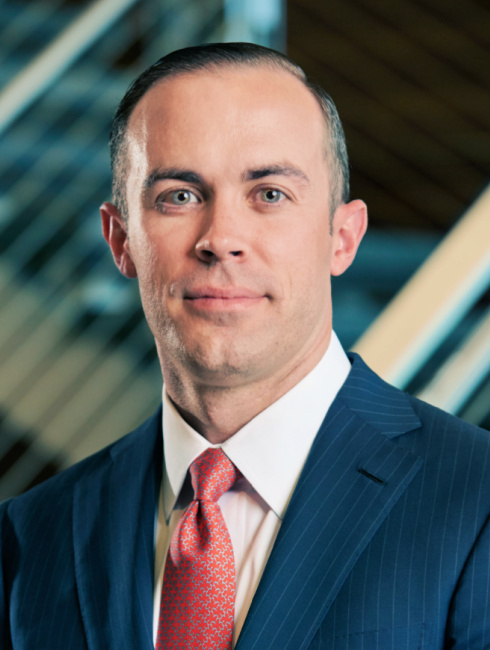
Bayswater touts the low greenhouse-gas footprint of its D-J Basin operations in particular and says it tries to export its best practices from Colorado to its Texas operations and vice versa. The company will publish its first ESG and sustainability report in November.
Looking long term
There is considerable uncertainty over the future of the oil and gas industry, but this has not stopped various operators in the Permian from building a business designed for the long term. Among the companies looking to the long term is Austin-based Ameredev, which is betting on the quality of its assets to give it a competitive edge.
“We’ve got excellent geology, a large contiguous footprint, infrastructure that offers reliable market access and a team that can execute on the plan. So it’s one [business] that we’d be happy to own for the long term,” Ameredev president and CEO Parker Reese said.
This is the second incarnation of the company after Ameredev I was sold off in 2017. Ameredev II was formed in the same year with a $400 million equity commitment from EnCap Investments and management. The company is currently producing 20,000 bbl/d from assets that span both the Texas and New Mexico portions of the Permian. It expects to double this to 40,000 bbl/d in 2022, based on its current level of development activity and bolstered by infrastructure investments that help with takeaway capacity and market access. On the infrastructure side, these include the operations of Ameredev’s Washington Crossing Field Services subsidiary and a partnership with Piñon Midstream, which recently brought a gas treatment facility online.
Ameredev is operating three rigs, and Reese does not anticipate the company increasing activity even in the event of a materially higher oil price environment. He noted, however, that Ameredev has “plenty of flexibility” to slow down if oil prices drop again.
“I’d say that our development pace is on par with the disciplined public companies, when you account for the exceptional reservoir quality and well performance that our locations deliver,” Reese said. “We’ve got some very unique geology where we are and, in combination with a good completion design, we feel like that gives us some of the top quartile or top decile undeveloped locations in the basin. On a basin-wide capital allocation basis, we feel like we’re moving at a moderate pace.”
Reese said that while capital availability had decreased for much of the industry, this was not such a problem for the best-performing operators, including among private companies.
“We like to say that capital is always going to find the best ideas,” he said. “The businesses with strong operating performance and outstanding assets continue to be well funded.”
Reese identified ESG performance in particular as the main driver in the current environment, where investment and operating discipline are rewarded.
“We think it creates an opportunity for a company like Ameredev to shine,” he said. “Both our infrastructure and our company have been designed from the ground up to meet the current and anticipated regulatory environment.”
Examples of what the company has been doing on the ESG front include reducing its flaring intensity to less than 0.5% and recycling essentially all of the water it uses for completions.
Ameredev is targeting the Third Bone Spring, Wolfcamp X and Wolfcamp A formations, almost entirely with 10,000-ft laterals. Over recent years, the industry has pursued technological advances in various areas, including lateral length and multiwell pads, but Reese believes there are future gains to be made in other areas too.
“We’re seeing very significant runtime and cost savings from our investments and our focus on field automation and remote operations right now,” he said. “As we focus on producing more volumes more reliably, that will be important.”
The issue of well interference is something Reese described as being well documented.
“For Ameredev, we’ve arrived at a development plan that puts 12 wells per section in the Third Bone Spring, Wolfcamp X and Wolfcamp A all together,” he said. “This plan has a lower well density than what some of the offset operators have tried around us, but we do utilize a greater fluid and proppant intensity. We feel like that maximizes the economics of the well development.”
Some restraint
The comments from these various operators suggest that some restraint can still be expected, especially when their small size limits how much they can do. However, the trend has still been one of rising activity so far this year, even if that means a company bringing only one rig back online in some cases.
Morningstar’s Meats agreed that one cause of the rise in private drilling was an attempt to attract buyers and make an opportunistic exit. But he believes that public operators will struggle to justify expensive M&A at this stage, so he does not expect a spree.
What is also clear is that if oil prices dip again, private players are ready to throttle back activity. If Morningstar’s assessment of oversupply risks is correct, the window of opportunity to boost cash flow and A&D on higher crude prices may be limited.
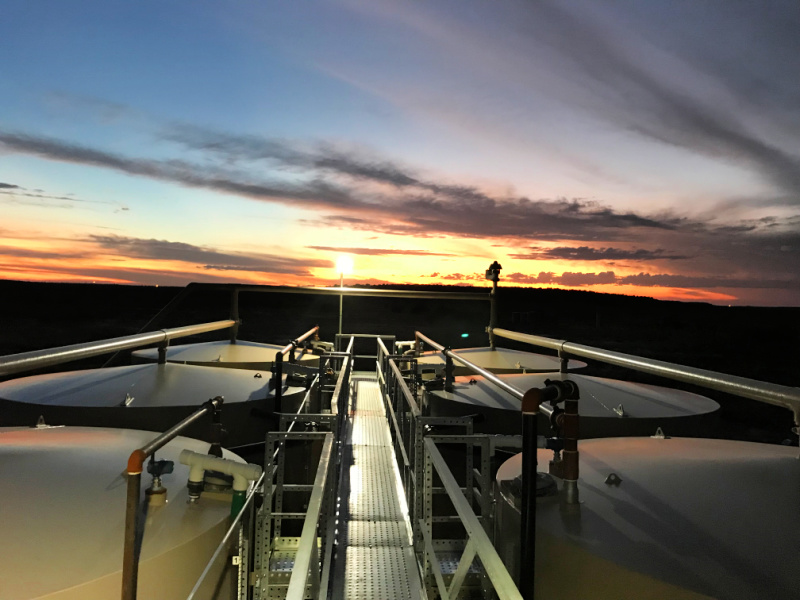
Recommended Reading
Viper to Buy Diamondback Mineral, Royalty Interests in $4.45B Drop-Down
2025-01-30 - Working to reduce debt after a $26 billion acquisition of Endeavor Energy Resources, Diamondback will drop down $4.45 billion in mineral and royalty interests to its subsidiary Viper Energy.
Dividends Declared Week of Feb. 24
2025-03-02 - As 2024 year-end earnings wrap up, here is a compilation of dividends declared from select upstream and midstream companies.
Double Eagle Team Re-Ups in Permian, Backed by EnCap’s $2.5B
2025-04-02 - The fifth iterations of Double Eagle Energy and its minerals subsidiary, Tumbleweed Royalty, have received a $2.5 billion equity commitment from EnCap Investments LP—the day the E&P finalized a $4.1 billion sale to Diamondback Energy.
Expand Energy Picked to Join S&P 500
2025-03-10 - Gas pureplay Expand Energy will be elevated on March 24 from its position in the S&P MidCap 400 index.
Diamondback’s Stice to Step Down as CEO, Van’t Hof to Succeed
2025-02-20 - Diamondback CEO Travis Stice, who led the company through an IPO in 2012 and a $26 billion acquisition last year, will step down as CEO later this year.
Comments
Add new comment
This conversation is moderated according to Hart Energy community rules. Please read the rules before joining the discussion. If you’re experiencing any technical problems, please contact our customer care team.







